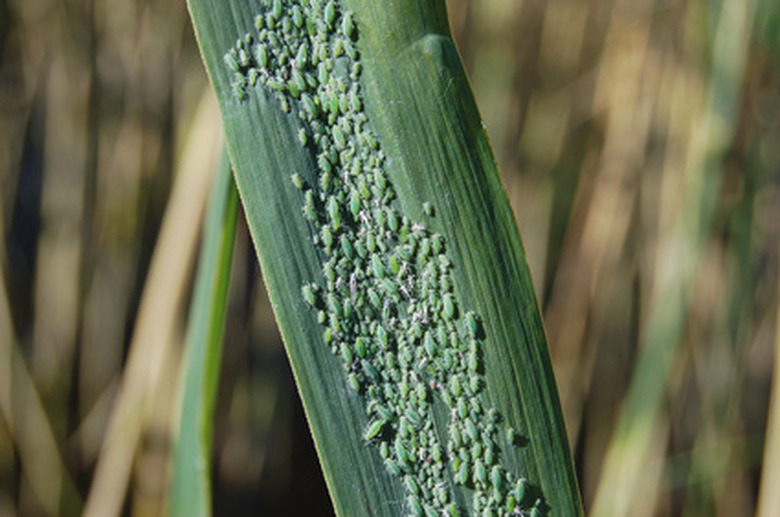Portulaca Disease
Portulaca has several species. Grandiflora is a moss rose trailing annual. Portulaca oleracea is used in landscaping and is an ornamental version of purslane. The two are similar as they both come from the purslane family. Both may have different physical characteristics and care requirements but both can be bothered by diseases and pests.
Characteristics
The portulaca grandiflora is a multibranched annual with semimoist stems and leaves. It reaches about 6 inches tall with a 12-inch spread. The stems are reddish and the leaves are vivid green, broad and juicy. They are an inch long and pointed at the tips. The flowers are roselike and come in bright colors.
- Portulaca has several species.
- The stems are reddish and the leaves are vivid green, broad and juicy.
The portulaca oleracea or Yubi summer joy is a good choice for landscapes where it is very hot. It requires sterile soil with good air circulation and an absorption rate between 5 and 15 percent. It comes in a variety of colors.
Botrytis
Botrytis blight or gray mold is a fungus disease that affects the portulaca oleracea. There are many species of the fungus botrytis, which is the cause of the blights. Favorable conditions for the infection are cool, rainy springs and unusually cool summers. Gray mold can be quite damaging if these conditions continue for several days. The disease can affect leaves, stems, flowers, seeds or any part of the plant except the root. Brown spots and gray spores of dead tissue form on the plant. The best defense is to manage by inspection and good hygiene. Faded or blighted flowers, leaves or entire plants should be removed and put in the garbage or burned.
- The portulaca oleracea or Yubi summer joy is a good choice for landscapes where it is very hot.
- There are many species of the fungus botrytis, which is the cause of the blights.
Fungicide sprays can also help protect from infections. These should be applied in the spring. There are many fungicides and they vary depending on the type of plant being treated. The label contains application information as well as any precautions.
Root and Stem Rot
Another disease that affects the portulaca oleracea is root and stem rot. Either too much water or drought can cause poor root health in landscape plants. There are also fungi in the soil that can infect roots and cause root rot. If major roots are affected, the plant can die. Poor root health will appear as dull leaf color; the leaves may turn yellow. The tiny feeder roots are missing on sick plants. Rotted roots will turn brown and mushy.
- Fungicide sprays can also help protect from infections.
- There are also fungi in the soil that can infect roots and cause root rot.
If the plant is already infected there are fungicides that can be applied but prevention measures work better with this disease. The plants need well-drained soil, not to be over-watered and not fertilized if too hot.
Aphids
Portulaca grandiflora and oleracea are both bothered by aphids. Aphids attack a variety of garden and landscape plants. They are typically found gathering on young shoots and leaves. They rarely kill a plant, but in large quantities they can remove large amounts of sap, which reduces the heartiness of the plant and can result in stunted growth. Leaves often become curled, puckered and yellowed. Many aphids suck out more plant sap than they can use. The excess sap is known as "honeydew."
- If the plant is already infected there are fungicides that can be applied but prevention measures work better with this disease.
- They rarely kill a plant, but in large quantities they can remove large amounts of sap, which reduces the heartiness of the plant and can result in stunted growth.
Aphid Control
Control can be as natural as predators that prey on aphids or an insecticidal spray, which is a mixture of laundry soap and water. Otherwise, control can be chemical in the form of insecticides. Check your lawn and garden center for insecticides that will eliminate aphids.
